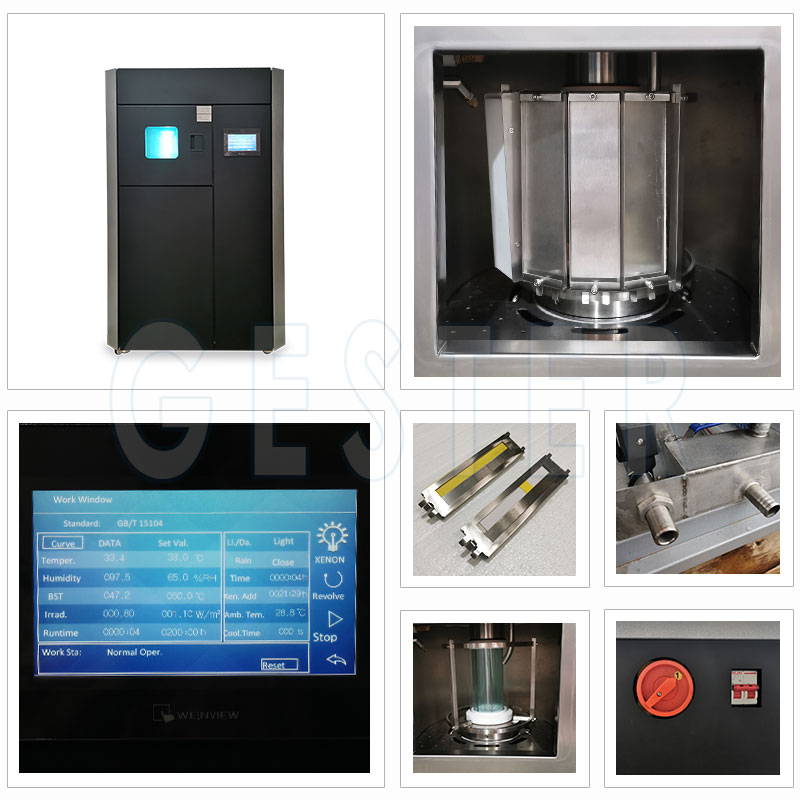What is the light fastness
Color fastness to light, also known as light fastness, refers to textiles that are usually exposed to light during use. Light can destroy dyes and cause the well-known "fading", which makes colored textiles discolored, generally lighter and darker.
What is the color fastness to light machine test principle
The textile and a set of blue wool standard samples are exposed to artificial light sources under specified conditions, and then the color change of the sample is compared with the blue wool standard sample to evaluate the color fastness.
What is the color fastness to light machine test standard
At present, there are mainly three commonly used standards for testing light fastness: GB/T 8427, ISO 105-B02, AATCC 16.3. GESTER Instrument: Light Fastness Testing Machine GT-D02A-1

Factors affecting light fastness
The main factors that affect the fading of the sun include light, the molecular structure of the dye, the focus state of the dye, the depth of dyeing, the color matching of the dye, the auxiliaries required for the dyeing process, the characteristics of the fiber, and the locality.
Methods to improve color fastness to light
1. The choice of dyes: dyes with high light fastness are preferred, which can prevent or reduce the occurrence of photooxidation reactions;
2. In the color matching of dyes, select component dyes with equivalent light fastness to ensure the light fastness level;
3. The fixing agent has a close relationship with the light fastness of the dye. The use of non-surfactant ammonium salt type fixing agent and reactive fixing agent can effectively improve the light fastness. Main products: nylon, cotton and light color, fluorescent color products.